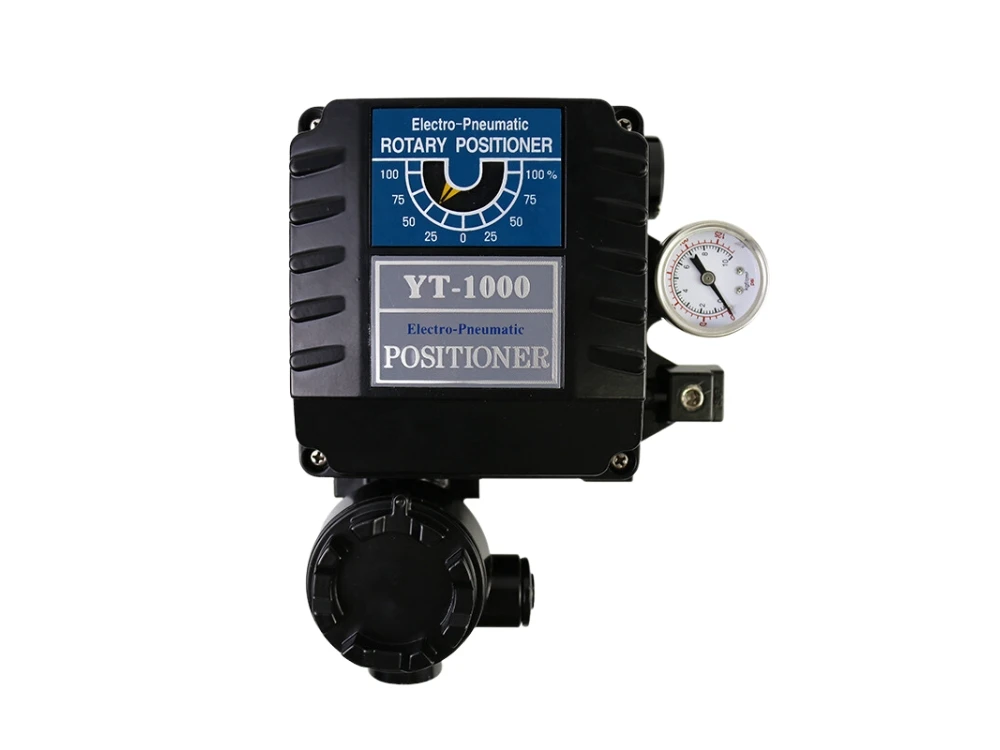How To Debug An Electric Valve Positioner?
Overview of How To Debug An Electric Valve Positioner?
When using an electric valve positioner, it is generally necessary to debug it accordingly. There are many debugging contents, including the debugging of the actuator. Currently, the two main commonly used debugging methods are electric head debugging and pneumatic head debugging. The following is a detailed introduction to the debugging techniques of these two electrical valve positioners.
Adjustment of the electric head of the electric valve positioner:
When adjusting the actuator of the electric valve positioner, use the handwheel to open the valve to the center position and then turn on or off the signal to see if the valve moves forward. If, on the contrary, the motor reverses, just replace two phases of the motor’s three-phase power supply. The torque switch is set after leaving the factory and generally does not need to be adjusted. If adjustment is required, search the manual to adjust the scale value on the torque switch.
Adjustment of the pneumatic head of the electric valve positioner:
The adjustment of the pneumatic actuator is mainly to adjust the valve positioner. First, place the valve in the entire closing part and tighten the connecting nut on the valve seat until it cannot be tightened to ensure that the valve is tightly closed. The valve seat and the center of the valve are generally in close contact. At this time, adjust the valve seat travel scale plate to zero, then connect the gas source, use the pressure regulating valve to adjust the gas source pressure to the required pressure, then use the signal generator to input the positioner 4mA current, adjust the zero adjustment handwheel on the positioner until the valve just starts to move, then input 20mA current, according to the stroke ratio, adjust the zero adjustment handwheel and the range adjustment device to make the valve seat stroke fully open, and then repeatedly input 20mA and 4mA in this process until the valve reaches the 4mA full close and 20mA full open requirements. We can input 4.10~4.15mA currents as full close signals during the debugging process, which can ensure that the valve is closed tightly at 4mA, so it will be closed tightly in practice.
The above content is the debugging method of the actuator of the electric valve positioner.





